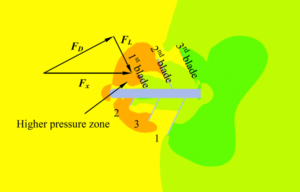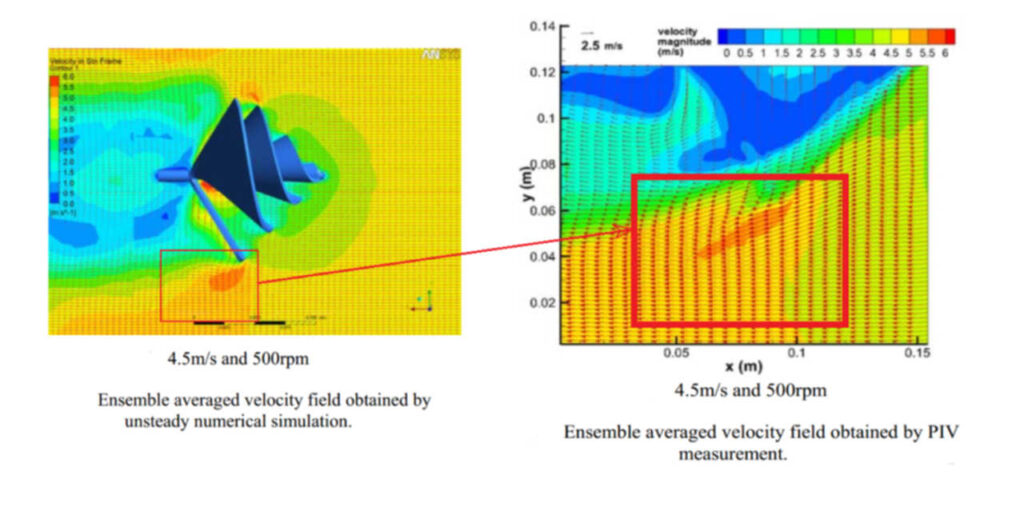Reinventing the Wind Turbine
Archimedes spiral wind turbine for Urban Usage

In 2003, The Dutch MSc Marinus Mieremet has been starting research on a new and more efficient way of generating electric power by a wind turbine.
The concept of the spiral rotor wind turbine is developed based upon the works of the great Archimedes.
In 2006 the first patent was registered for the Archimedes Wind Mill ( AWM). The design concept looks beautiful similar to the elongated shells found on the beach.

The key characteristic of the AWM is that harnesses more energy, produces low noise, bird-friendly, and looks very pleasant.
“In 2012 MSc Marinus Mieremet moved to South Korea and started working together with the Korean company Esco RTS. Tests and development all took place in Korea, together with Esco RTS, the Pusan National University, Borim, and other Korean partners. Among the tests were many performance wind tunnel tests, wind force tests up to 50 m/s, and many field tests in South Korea, The Netherlands, Germany, Spain, Poland, Czech, Dutch Antilles, and India. The AWM is tested in almost every weather condition.” As mentioned in the history article on the company website. (The Archimedes)
Many Research papers were published as a result of collaboration between Esco RTS, Pusan National University. In this article, we will summarize one of them.
Product description:
The Archimedes spiral wind turbine is a type of horizontal axis wind turbine HAWTs but unlike traditional HAWT that uses lift force generated by air pushed down by an Aerodynamic shape ( Airfoil), This turbine uses drag force to harness the energy from the wind.
It consists of 3 blades three-dimensional conical shape. One of the key features of this turbine is that can start rotating at low wind speed as demonstrated in this video of the field test (Low Wind Speed)

Geometry of 0.5 kW Archimedes wind turbine blade [1]
Study Aspects:
The study goal is to investigate the aerodynamic characteristics of an Archimedes spiral wind turbine for urban usage. This is done by carrying numerical and experimental studies. The turbine is designed to produce energy by both lift and drag forces on the blade but it mainly depends on the drag force.
The experimental study was to measure instantaneous velocity fields near the field of the blade using a 2D PIV method ( Particle Image Velocimetry). The turbine model was scaled down by 1/10 to acquire detailed flow field information.
The numerical study was to predict the mean velocity profiles using steady and unsteady state CFD simulation. Ansys CFX, CFD study used to conduct both steady and unsteady state analysis, the turbulence model was SST ( Shear Stress Transport).
Three wind speeds are used as operating conditions to run both numerical and experimental tests. Inlet wind velocity are 3.5m/s, 4m/s, and 4.5m/s; rotating velocities are 300rpm,
400rpm and 500rpm, respectively.


Results:
Thes results of the Unsteady CFD simulation compared with the results obtained from the PIV measurements. Several notes are listed down as follows:
- The higher velocities are obtained at the inner outermost of the rotor and this is due to the nature of local acceleration around the corner of the blunt-body.
- There was a recirculation zone with lower speeds between each blade’s spiral sectors.
- The flow was much slower at the center than at the edge. This suggests the stronger flow near the tips of blades would be very beneficial as the flow drives the blade with a longer moment arm.
- PIV measurements revealed the presence of dominant vortical structures downstream the hub and near the blade tip.
- The analysis of near rotor wake shows that the blade is a major source of disturbances and unsteady aerodynamic effects.
- The maximum power coefficient Cp obtained is equal to 0.25 and it was near a tip speed ratio of 2.5.

Comparison between Unsteady CFD and PIV that shows similar wake flow mark and the high-velocity region in the inner outermost blade tip.
Conclusion:
The study presented that Archemdies spiral wind turbine has a fruitful potential for implementation and usage in an urban environment like near buildings where it can operate at low wind speed and wind direction change.
- Due to the PIV experiment, the preferable information of the blade flow under different wind velocities of attack is obtained, which would be very helpful to improve the performance and the design method of the Archimedes spiral wind turbine.
- The experimental results showed a good agreement with the results of the Unsteady CFD simulation.
References:
[1] Kim, KC, Kim, YK, Ji, HS, Beak, JH, & Mieremet, R. “Aerodynamic Characteristics of Horizontal Axis Wind Turbine With Archimedes Spiral Blade.” Proceedings of the ASME 2013 International Mechanical Engineering Congress and Exposition. Volume 7B: Fluids Engineering Systems and Technologies. San Diego, California, USA. November 15–21, 2013. V07BT08A070. ASME. https://doi.org/10.1115/IMECE2013-62734
[2] Mohamed A.A. Nawar, H.S. Abdel Hameed, A. Ramadan, Youssef A. Attai, M.H. Mohamed,
Experimental and numerical investigations of the blade design effect on Archimedes Spiral Wind Turbine performance, Energy, Volume 223, 2021,120051, ISSN 0360-5442, https://doi.org/10.1016/j.energy.2021.120051
[3] the Archimedes
